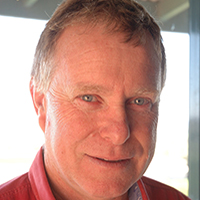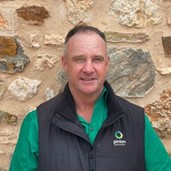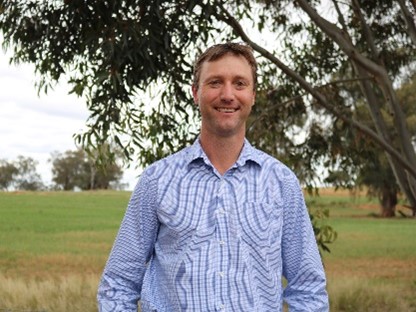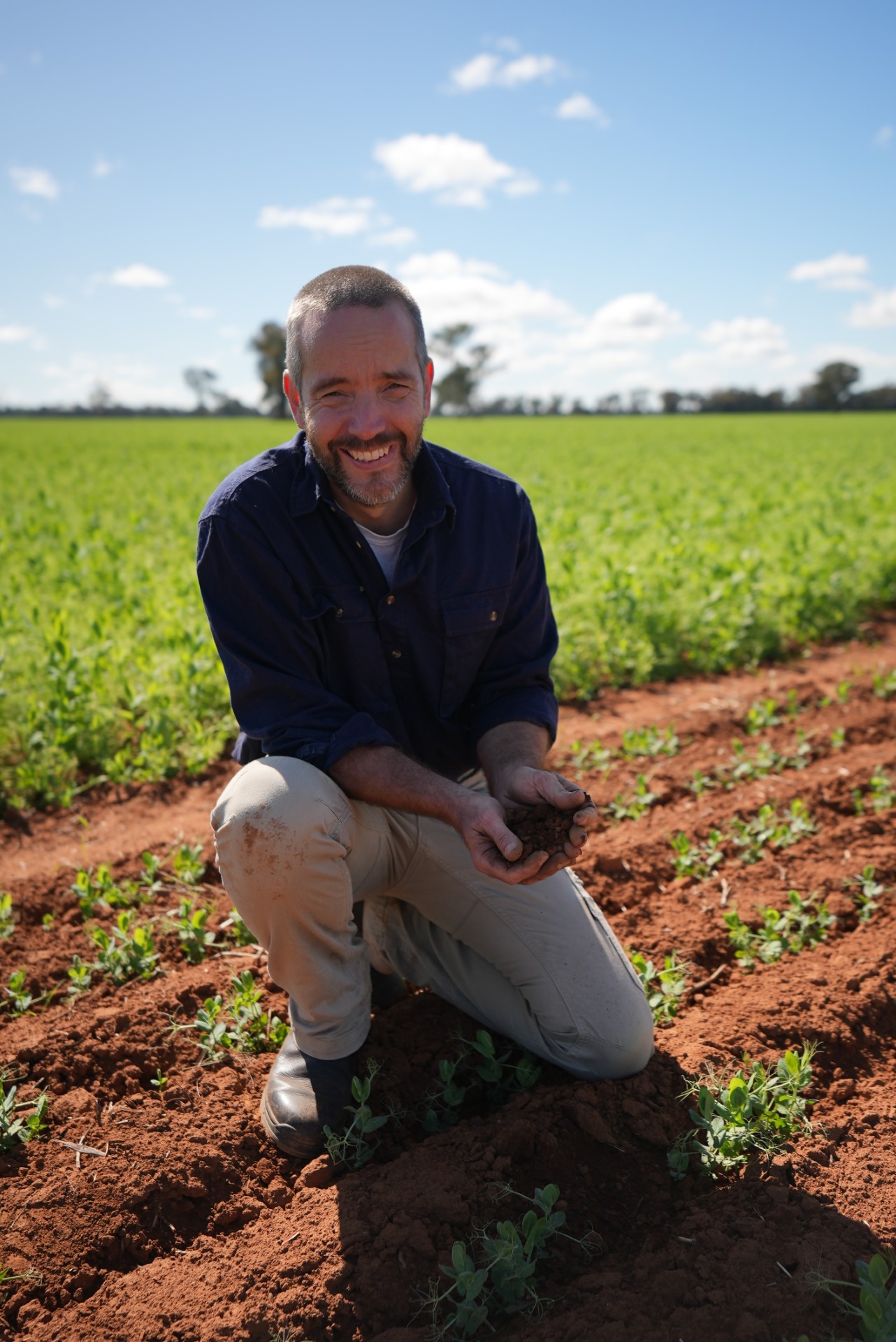Pasture management webinars
This webinar features Phil Graham, of Graham Advisory, who presents a current seasonal update and implications of this for producers.
The webinar covers:
- How to assess your exposure to a dry spring because the impact across southern Australia will be variable this year.
- What online resources are available to help producers assess current soil moisture?
- How to make the most of a below average spring through better pasture quality?
- The benefits of a dry summer such as lowering worm burden on pastures.
Spring is generally a time when pasture supply exceeds demand. This webinar features Pinion Advisory Partner Basil Doonan, who outlines ways to deal with the surplus, while better utilising feed to reduce waste.
The webinar covers:
- Measurement – pasture supply and animal demand
- Dealing with surplus
- Maintaining persistency and quality
- Prioritising feed based on animal needs
- Dealing in liveweight
- Marginal cost of conserving and feeding
The Productivity & Profitability series presents new and topical information to help southern producers increase the success of their businesses. Beef, sheep and goat producers can listen to a diverse range of expert speakers present webinars to aid on-farm decision making.
Shawn McGrath is an agricultural scientist and Senior Research Fellow at the Gulbali Institute at Charles Sturt University. He completed a PhD considering the context of grazing reproducing ewes on dual-purpose wheat and has since been part of several other research projects investigating the utilisation of dual-purpose crops in farming systems and the prevention of metabolic diseases in sheep associated with crop grazing.
The webinar covers:
- The opportunity of dual-purpose crops to increase profitability in mixed-farming enterprises.
- Management requirements of dual-purpose crops to optimise livestock production and grain yield.
- Forage quality and expected growth rates from grazing dual-purpose crops.
Date and time: 13 Mar 2024, 7.00pm AEDT
Dr Jason Condon is Associate Professor in Soil Science at Charles Sturt University and has taught and researched soils there since 1996. His research portfolio includes projects on fertiliser management, carbon sequestration, nitrogen cycling, salinity management in Vietnam and the formation and management of soil acidity in Australian crop and pasture systems in collaboration with NSW DPI, Holbrook landcare Network, FarmLink and Central West Farming Systems.
The webinar covers:
- Implementing improved soil sampling intervals to enable better decisions about liming.
- Understanding the movement and effect of liming to address lower soil acidity layers.
- Management of acid soils removes one of the manageable constraints of the production system.
Date and time: 10 April 2024, 7:00pm AEDT
Pasture dieback is a condition which causes the death of sown and native pastures by affecting plant health and function, reducing the productivity of affected properties. It has been observed in a range of soil types and plant species across Queensland and northern NSW. In this webinar, Caroline will deliver:
- Current and ongoing research results
- The experience in northern NSW
- Where producers can find info or be involved in a program.
Recent surveys conducted in the medium to high rainfall zones of southern Australia have found that old cultivars of subterranean clover remain common in many pastures. Some of these cultivars contain high levels of oestrogenic compounds which can negatively impact sheep health. Kevin Foster, from the University of Western Australia, will take the audience through:
- How does grazing highly oestrogenic sub clovers affect livestock?
- Which cultivars are high in oestrogens?
- How do you manage a paddock if you suspect a problem?
In this webinar, Tim Prance from T Prance Rural Consulting updates southern Australian producers on preferential clovers to sow in pastures. Tim delves into:
- How to select cultivars and species to suit soils
- Sowing time and practices
- How to establish and get the most out of the pasture.
Michele Jolliffe of Agriculture Victoria discusses the issue of how to best handle huge surpluses of fodder in the 2020 spring, incuding:
- Hints and tips for making quality hay and silage
- Hay or silage? Which option might suit my business
- Quality or quantity? Which should I aim for?
- Long term storage options for hay and silage.
Are you needing to clean out those pesky annuals from your perennial grass pastures? Do you have some agronomy questions you need answered before you get the spray gear out?
Jim Virgona of Graminus Consulting and Tim Prance of T. Prance Rural Consulting answer those burning agronomy questions and provide their own experience.
Dr Jim Virgona of Graminus Consulting discusses the effects of cold temperatures on pasture production. Jim delves into:
- When is cold temperature the limiting factor?
- How does temperature impact nitrogen response?
- How does temperature impact plant production in different perennial species?
In this webinar, Sandy McEachern of Holmes Sackett reviews the research outcomes from techniques for the chemical manipulation of perennial grass pastures namely spray grazing, spray topping and winter clearing. Sandy discusses:
- The costs of each of the techniques
- The expected production and financial benefits.
Richard Eckard from the University of Melbourne discusses all things nitrogen. Part one of Richard's two-part webinar talk will delve into the questions:
- What is nitrogen and why is it important in grazing systems?
- Where does nitrogen come from and where does it go?
- When should you be applying nitrogen to maximise efficiency?
Richard Eckard from the University of Melbourne discusses all things nitrogen. Part two of Richard's two-part webinar talk will delve into the questions:
- How should nitrogen be applied to maximise efficiency?
- What are some rules of thumb to work towards when applying nitrogen?
Title: Livestock staggers on Phalaris and Ryegrass based pastures
Date: Wednesday 2 March 2022
Time: 8.00pm AEDT
Presenters: John Webb Ware
Details: The risk of staggers to ruminants is generally greatest in the autumn months following rapid growth in select pasture species.
Join John Webb Ware of the Mckinnon Project to learn:
- What is staggers and how does it vary depending on the ingested pasture species?
- What is the treatment for staggers?
- How can you best manage high risk situations?
In this webinar, David Crowley from Delta Agribusiness talks through phosphorus management in mixed farming operations - when to add P into the rotation to maximise pasture growth:
- P removal relative to stocking rate
- Soil testing and targeting Colwell P levels of >30
- Length of pasture/crop rotation and variation between best practice relative to rainfall environment
- How pH influences pasture performance and ability to utilise applied P.

 This webinar features Phil Graham, of Graham Advisory, who presents a current seasonal update and implications of this for producers.
This webinar features Phil Graham, of Graham Advisory, who presents a current seasonal update and implications of this for producers.
 The Productivity & Profitability series presents new and topical information to help southern producers increase the success of their businesses. Beef, sheep and goat producers can listen to a diverse range of expert speakers present webinars to aid on-farm decision making.
The Productivity & Profitability series presents new and topical information to help southern producers increase the success of their businesses. Beef, sheep and goat producers can listen to a diverse range of expert speakers present webinars to aid on-farm decision making.

